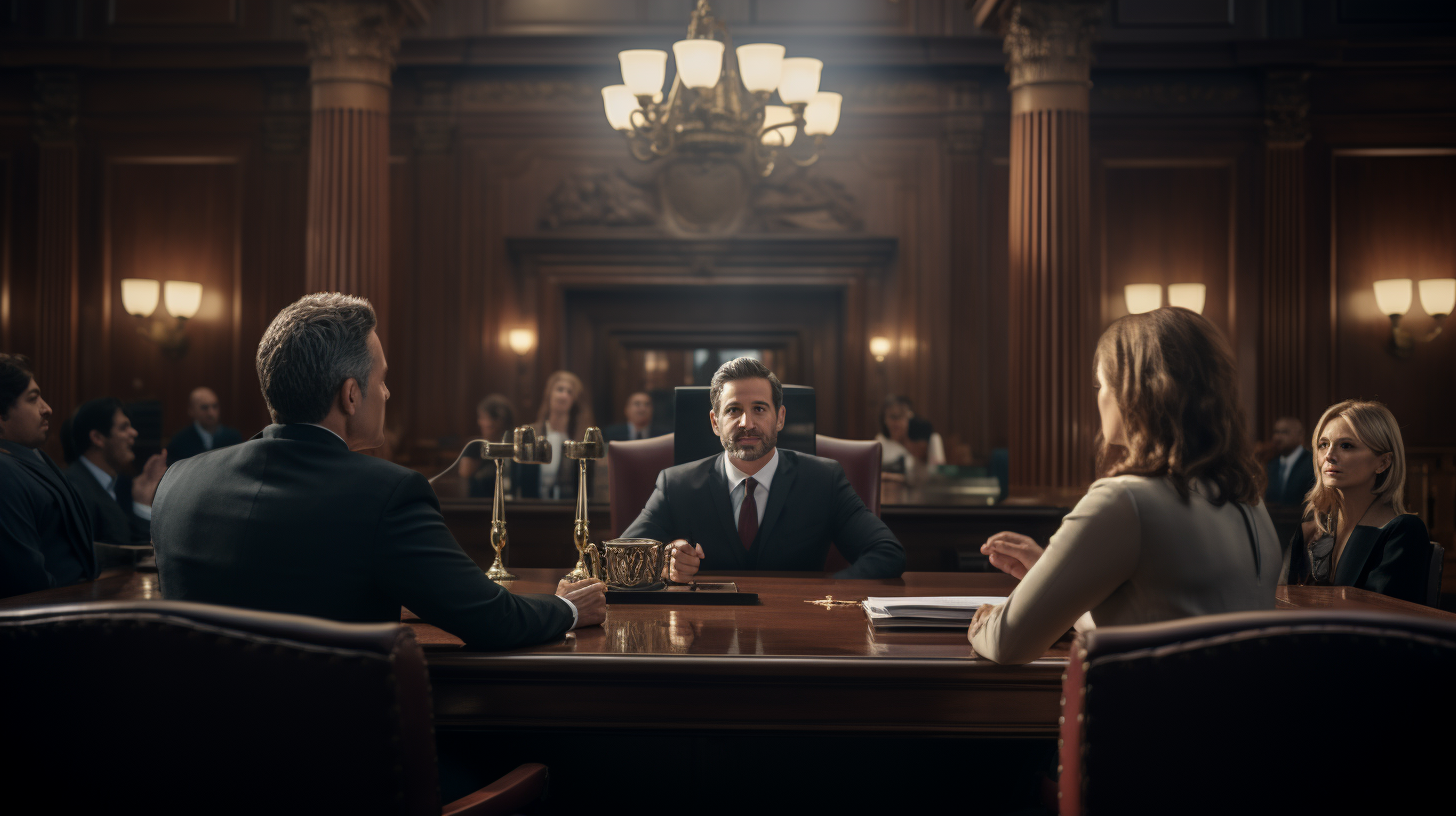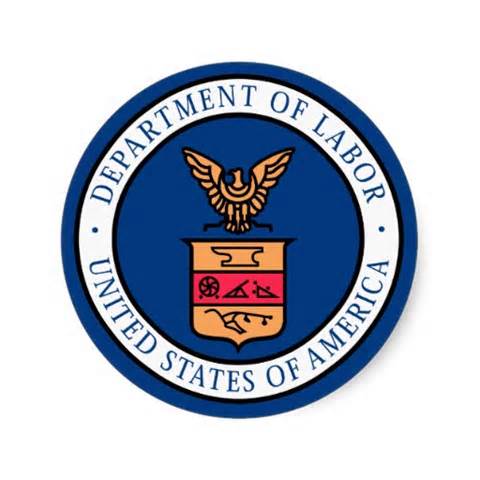A Dialog with a 401(k) Plan Trustee . . . Is This You?
Would your side of the conversation be different?
By: Eric Smith, J.D., Chairman & President
The following isn’t just one conversation. It’s a representative example of conversations with countless plan trustees. There is a high probability that you’ll identify with the Trustee’s part of the dialogue. If so, there’s also very a high probability that you’ll realize that this is information you’ve always needed and never thought it would be possible to obtain.
Me: As a 401(k) plan trustee, what decisions do you make that have the greatest impact on the plan participants you serve (and aren’t you also a participant)?
Trustee: It’s probably the selection of investment choices within our plan.
Me: I agree. Great choices help to ensure the retirement security and happiness of the participants, while bad choices do the opposite. And bad performance can be an ERISA violation and participant unhappiness can get you sued.
Trustee: How is poor performance a violation of ERISA? Performance fluctuates and there’s no guarantee that performance of any of our plan’s investment choices will always be good.
Me: You’re right – periods of relatively poor performance can occur and are not by themselves a violation of ERISA. However, what can become a violation is keeping chronically underperforming choices within your plan’s investment choice line up. The U.S. Supreme Court has unanimously ruled that trustees have an affirmative duty to remove chronically underperforming investment choices from their plans.
Trustee: Are you saying that not doing so could get me sued? Individually?
Me: Yes. In fact, over the last several years there have been a growing number of class-action lawsuits – literally hundreds – brought against companies with 401(k) plans and their trustees, individually. The largest damage claims in these cases are now for chronic underperformance of investment choices within their plans.
Trustee: I’m pretty sure we’re OK. We have a professional investment advisor that recommends and monitors the investment choices within our plan, and we follow that advice in making our decisions.
Me: I understand. Most trustees feel the same way. Unfortunately, that feeling is dangerously wrong because courts have ruled that trustees’ reliance on the advice of their plan’s single investment advisor is not a complete defense against a charge of fiduciary imprudence in their investment-related decision making.
In fact, the plan sponsor company and trustee defendants, in virtually every one of these hundreds of class-action lawsuits, all likely had a major national investment advisory firm advising their plans. These were almost all very big companies with very big plans that were and are being sued and, as you might imagine, most hired well-known, big-name
investment advisory firms, hoping to get “the best” advice.
Trustee: I don’t understand. How can they or we be sued for following their or our professional advisor’s advice? How else can such decisions be made? I’m not an investment professional and neither are any of our other trustees.
Me: No, you’re not. But you are ultimately responsible for the investment selection. It was your decision . . . you accepted and acted on that advice. Here’s what the federal district court ruled in probably the most famous of these class-action cases – Tibble v. Edison (a unanimous U.S. Supreme Court decision in favor of the Edison plan’s participants, against Edison and its plan’s trustees):
“While securing independent advice from (the plan’s investment advisor) is some evidence of a thorough investigation, it is not a complete defense to a charge of imprudence. At the very least, the (Plan trustees) must make certain that reliance on the expert’s advice is reasonably justified.”
Trustee: I didn’t know that. That’s disturbing. How can we (or any plan trustee) make certain that our reliance on our investment advisor is reasonably justified?
Me: You are right to be concerned. The fact is that most trustees admit that they have no way to independently verify virtually anything their investment advisors tell them. Most feel that they have no real choice other than to trust their advisor and accept their advisor’s recommendations.
The problem highlighted by these cases, at least those in which the plan participant plaintiffs were successful, was a failure to properly comparatively monitor fees and performance.
Trustee: OK. I understand that, but that doesn’t answer my question. How can we possibly catch and correct something that we don’t know is occurring . . . some arguable lapses in selection and performance monitoring of our advisor?
Me: Until recently, there was no meaningful way to do so. Unfortunately, courts often tell us what we need to do without explaining how to do it.
In our study of this problem, the solution appeared to be securing an independent review of the investment choices within the plan – a “second opinion.” But the problem with this has been figuring out how to do this, plus there appeared to be no one offering such a service.
Trustee: You just said: “until recently.” What’s changed?
Me: What’s changed is that there is a newly available decision-assistance technology that can not only help to identify chronically underperforming choices, it can also reveal those that have proven best over time at producing the composite performance that trustees would ideally wish for from each such choice.
Trustee: That sounds great, but how can that help us? Can we get it or hire someone to do it / use it for us?
Me: Yes. In fact, with our help, you can do either or both.
Trustee: How?
Me: First, we can perform such a review for you and your plan or we can refer you to an investment advisor licensed and trained to use this new technology to do so. The patented, decision-assistance technology we’ve licensed from Decision Technologies Corporation enables us to score and rank the mutual funds and ETF investment choices in your plan against not just against a benchmark index but in comparison to all other mutual funds and ETFs in each asset class. This comparative evaluation of the investment choices within plans is a key part of a unique and newly available investment advisory service – our “Investment Choice Protective ReviewSM” (“iCPRSM”). You’ll not only be able to see if you have chronically underperforming investment choices within your plan, you’ll also be able to see which other possible choices have proven better over time at producing the investment results desired from that asset class.
This information has never before been available to plan trustees, and the performance differences you’ll see in the possible choices versus yours are often shockingly large.
Trustee: How often would this need to be done?
Me: We recommend that such a review be performed just once per year.
Trustee: Are you suggesting that we fire our current investment advisor and hire you?
Me: NO. We’re not trying to replace your current investment advisor. The iCPRSM is a “second opinion” . . . much like a medical second opinion. It’s to help ensure the “health” of the investment choices within your plan . . . to help ensure that they are the best available. When you get a medical second opinion, it’s purpose is to check the advice and recommendations that your current doctor is giving you. It’s the same here plus, unlike a medical second opinion, the Courts appear to be strongly suggesting that you get one.
Trustee: Look, we’re a small plan. Do we need to hire and pay someone to do this or is it possible for us to license the technology and internally perform such a review ourselves of the investment choices within our plan?
Me: YES. We can license and train you or a member of your staff to use the technology. In fact, the DIY option can be selected by plans of any size. It’s something we recommend.
Trustee: This is all very interesting. Is it possible to see a demonstration?
Me: YES, and we can do that demonstration with one or more choices from within your own plan. Do you have a choice on a “watch list” or are otherwise concerned about? We’ll use whichever one you select. When you see the process for yourself, you’ll immediately understand the value and the need for this important information.
To see a demonstration, simply ask for one: esmith@tepi.tech
********************************
Sometimes there are interesting twists to these conversations – additional comments and questions that may again mirror some of your own questions and/or reactions. Here is one with an answer that the trustee was not expecting . . . one you’d also likely not expect:
Trustee: I’m not worried about getting sued, we have fiduciary liability insurance protection.
Me: No, you don’t (this nearly always evokes a rather forceful, indignant response . . . which helps to make my point).
Trustee: What do you mean we don’t?!? I can show you the policy.
Me: Then show me in that policy where you are covered for the reputational harm you’ll suffer when you are publicly accused of being a bad fiduciary . . . of having violated your fiduciary duty to your own company’s employees? Show me where the damage spilling over and affecting your wife and children, facing questions from friends and neighbors about you being sued and what you did “wrong,” is somehow covered? None of that is covered.
Trustee: (Silence)
Me (continuing): In many if not most cases, the reputation of the company and that of the individual trustees is more important than the money damages being claimed, which your insurance policy might cover. But what if the policy limits are not large enough. What then?
Trustee: Well, I assume that the company will pay the excess damages. Right?
Me: Perhaps, if the company has agreed and has the resources to do so. If it hasn’t and doesn’t, it’s important to understand that under ERISA, plan trustees are potentially personally liable to the full extent of their personal net worth.
********************************
Do you have questions or comments that you did not find in the dialogue above? If so, send them to me at esmith@tepi.tech and I’ll be happy to respond. See if you can stump me. I’ll bet you a 20% discount on a full year technology license that you can’t.
********************************
Can you guess what the cost of indecision is . . .
of not seeing for yourself how this would specifically benefit you and your plan?
MONEY
The opportunity cost of not taking action to improve your plan’s investment choices is real and often shockingly large. Would 5% per year more for 5 years be worth trying it? How about 10%? The performance gaps could be even higher. The monetary rewards of the decision to test the benefits for yourself are almost always much greater than the costs.
RISK
The risks described above are also quite real, and the class-action lawsuits are beginning to target mid-sized and smaller plans. The costs of defending such a suit, is estimated to be around $250,000 / quarter – costs you can’t recover even if you win.
TIME
Compared to trying to independently assess how good your plan’s investment choices are or to identify a better choice than one that has been clearly underperforming, a protective review or your own use of the tools can save you a lot of time. Some of this you simply couldn’t do, no matter how much time you devoted to it, if you don’t have the tools.
STATUS
Obviously, there’s huge difference between the status of being an industry leader – an early adopter of leading-edge technology that better protects you, your company, and your plan participants – and possibly being sued and accused of being a bad fiduciary.
Written by Eric Smith, J.D., President and an Investment Advisor Representative of Trustee Empowerment & Protection, Inc.,
A Registered Investment Adviser. He is also Chairman & CEO of Decision Technologies Corporation.









